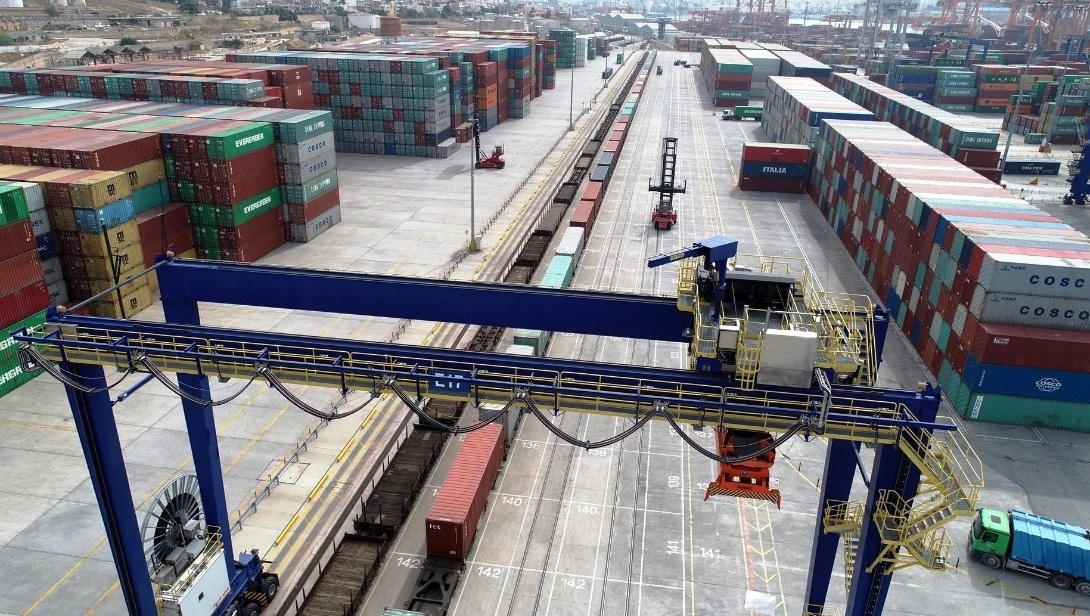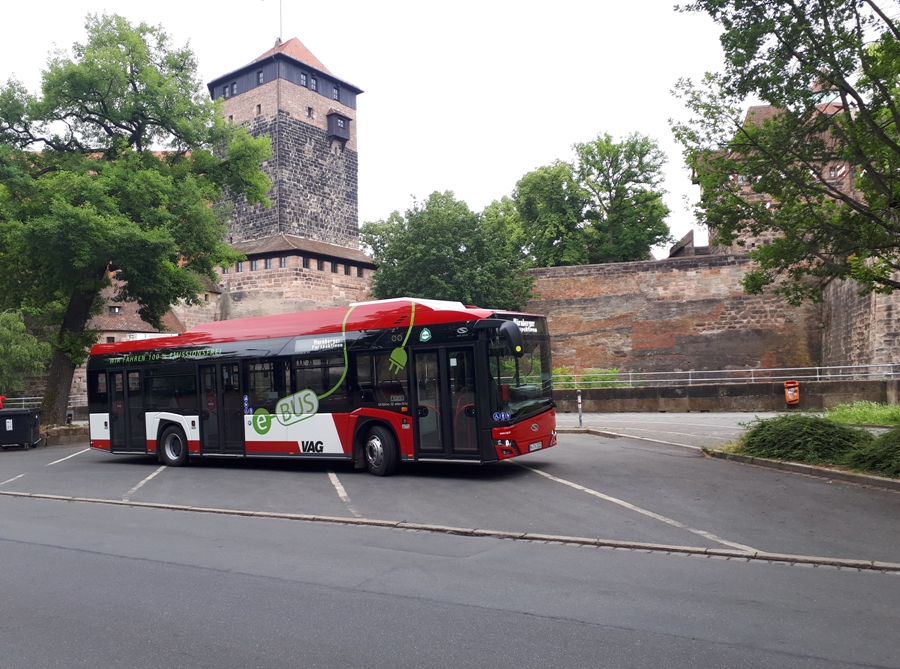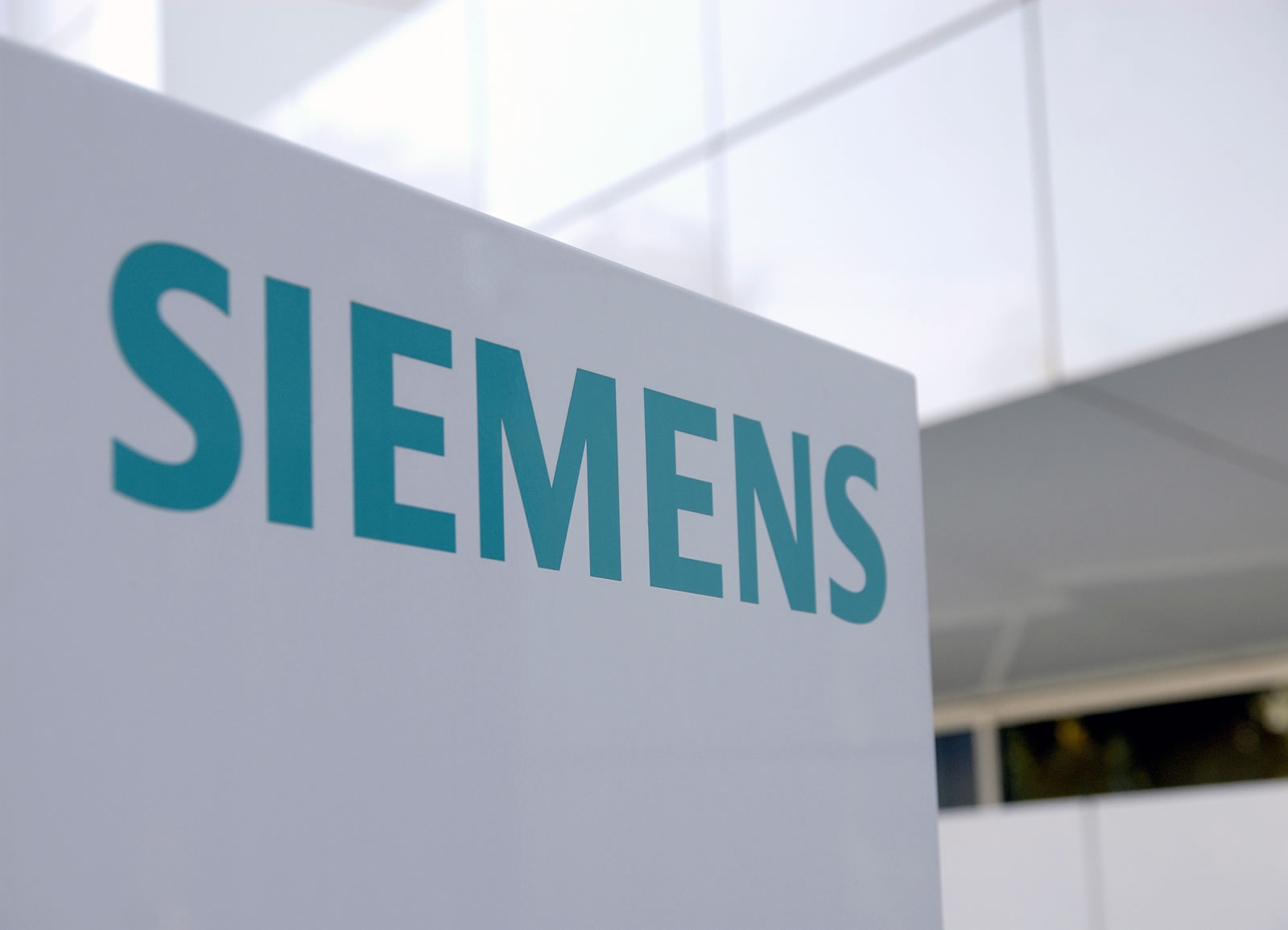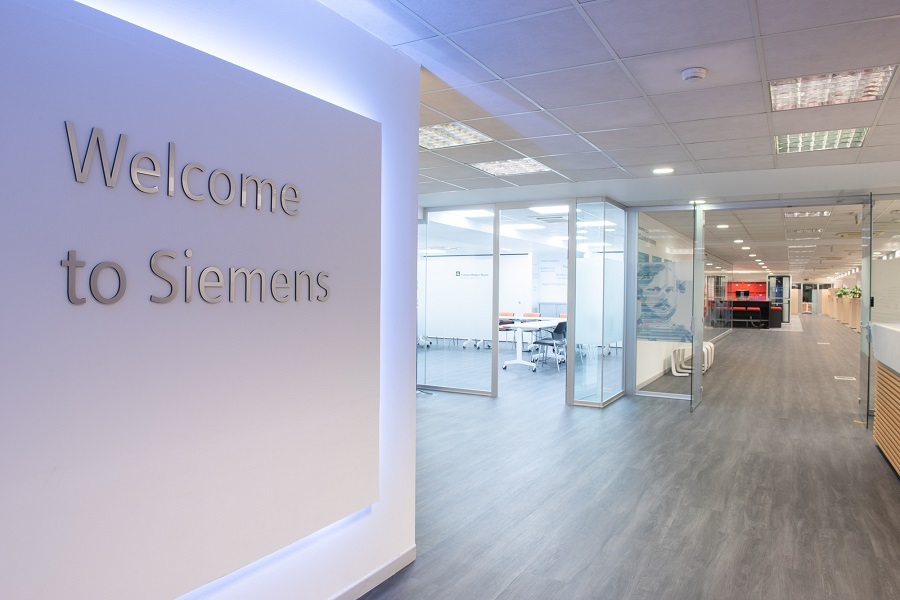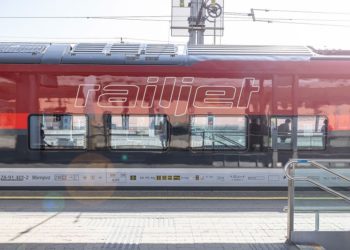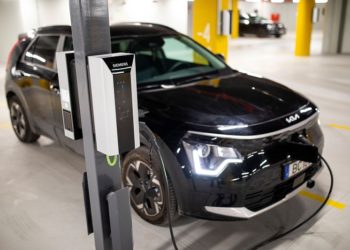Siemens Smart Infrastructure has received a contract from Verkehrs-Aktiengesellschaft Nürnberg (VAG) to equip its new “eBus port” with a medium-voltage connection and charging infrastructure.
With 39 parking spaces, it will be one of the largest electric bus depots in Germany.
Located on the VAG premises in the Nuremberg suburb of Schweinau, it will be supplied solely with green electricity. Construction has already started, and operations are scheduled to start in 2021.
Electric buses are key to reducing air and noise pollution in cities, and thus improving the quality of life. Just having one eBus traveling approximately 200 km per day can save about 60 tons of CO2 per year, even compared to the most modern diesel buses. For this reason, the electrification of local public transportation is often an essential aspect of climate measures in cities.
“The depot will be the new home of our eBus fleet, which we’ll successively expand through the next years,” said Josef Hasler, Chief executive of VAG. “We are very pleased to be working with Siemens to further advance our e-mobility strategy for local public transportation. With the technology company’s experience in both grid and charging solutions, we can design the charging depot for maximum efficiency and ensure high availability for our eBus fleet. eMobility is the future, also in the bus sector. Charged with green electricity, the buses create real value for the environment, the climate as well as the citizens and they contribute significantly to the transformation of transportation.”
At a total of 39 parking spaces in the innovative eBus Port of VAG, the charging infrastructure from Siemens will support simultaneous charging of up to 20 buses overnight or during other breaks in operations.
To connect the depot to the public power grid, Siemens will install a number of electrical systems, including medium-voltage equipment and transformers. Power within the depot will be distributed to the individual charging stations via low-voltage switchgear.
The charging system will consist of 20 Sicharge UC 200 charging stations. Each of these can supply up to 150 kW, powering two parking spaces via a charging cable and connector.
“For depot charging, it is critical to integrate the charging processes into the existing infrastructure and workflows in the best possible way,” explained Jean-Christoph Heyne, Head of Future Grids at Siemens Smart Infrastructure. “Early on, in the design phase, we look at how much electricity is available at the location and how many buses need to charge simultaneously. With our portfolio, we are helping VAG Nuremberg set up electrical charging in one of their first major depots for both flexibility and economic efficiency.”
(Siemens)






